Browse Primary Sources
Locate primary sources, including images, objects, media, and texts. Annotations by scholars contextualize sources.

Cartoon about the Ottoman Empire
This cartoon appeared in the popular British magazine Punch on September 15, 1853. In it, France is personified based on the mustachioed Emperor Napoleon III, and Britain appears as the symbolic figure John Bull. They confer at the apparent deathbed of Abdulmecid I, the Sultan of Ottoman Empire, popularly referred to as Turkey.
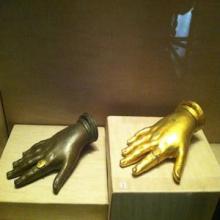
Cast of the Hand of Brazilian Emperor Pedro II
Brazilian Emperor Pedro II ruled from 1831 – 1889. He was the last emperor in power before Brazil became a republic. This image captures two bronze hand molds taken of Pedro II’s right hand in the early nineteenth century. The one on the left was taken by Marc Ferrez, and the one on the right was created by Antonio Joaquim de Azevedo. Both feature a ring that Pedro II wore on his index finger.
Ark (Wooden Chest with Iron Locks)
This heavy wooden chest served a crucial purpose for municipal officials of Buenos Aires in the eighteenth century: it stored their documents. Until the early nineteenth century, the Spanish Crown ruled over much of South America, including Buenos Aires. Because their empire was so vast, and travel in between the territories took several months, accurate record-keeping was essential.
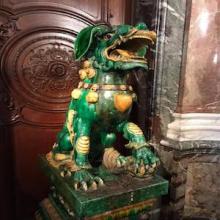
Fourteenth-Century Chinese Dragon
This Chinese animal figure belongs to the rich collections of the Museo Nacional de Arte Decorativo in Buenos Aires. Depicting a dragon, the piece dates back to the fourteenth century. It stands in the dining room of a lavishly decorated mansion that once belonged to the family of Matías Errazúriz and Josefina de Alvea.
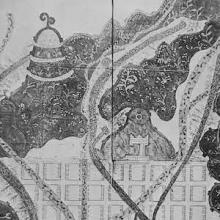
Pueblo of Texupa
This is a copy of a relación geográfica. These relaciones were answers to a 1577 survey sent by King Philip II to his colonies, and each relación was composed of a map, usually drawn by an Indigenous artist, and a written text based on interviews often given by Indigenous informants to Spanish officials.
The Miracles of Sainte Foy
In 1013, Bernard of Angers visited the relics of Sainte Foy at the abbey of Conques, in southern France. Initially skeptical of the cult which had formed around this little girl martyr, Bernard nonetheless fell under her spell.
On Diverse Arts (De diversis artibus)
Theophilus’ De diversis artibus is the only complete treatise on art to survive from the High Middle Ages. Written under the pseudonym Theophilus, who seems to have been a Benedictine monk of the early twelfth century, it describes techniques of painting, stained glass, and metalwork, introducing each with a prologue deep in religious significance.
Bernard of Clairvaux's Apologia
Bernard of Clairvaux was abbot of the Cistercian monastery of Clairvaux, in Burgundy, France, and a well-known preacher who travelled widely and was involved with many of the most pressing issues of his day, from papal power to the Crusades.
On What Was Done In His Administration (De administratione), 1144–1148
In the later 1140s, Abbot Suger of the Royal Abbey of Saint Denis, outside Paris, wrote an account of his extensive project to rebuild and redecorate his abbey church. Suger’s church, and particularly the upper choir, which he describes here, was innovative for its Gothic style vaulting, and his text is one of the most extensive accounts of such a building program to survive from the period.
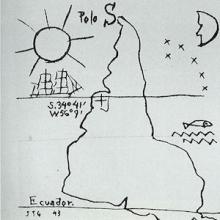
America Invertida (Inverted America)
We generally expect maps to convey the location of oceans and land masses accurately. But why do almost all maps and globes position North at the top and South at the bottom, when there is no up or down orientation of the universe?
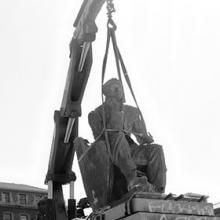
Cecil Rhodes monument removal, Cape Town, South Africa
The bronze statue of a seated Cecil Rhodes (1853-1902), on the campus of the University of Cape Town (UCT), was sculpted by Marion Walgate, one of the first white female sculptors in South Africa.
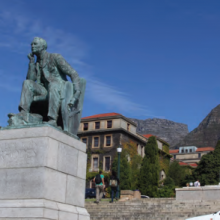
Cecil Rhodes monument, Cape Town, South Africa
The bronze statue of a seated Cecil Rhodes (1853-1902), on the campus of the University of Cape Town (UCT), was sculpted by Marion Walgate, one of the first white female sculptors in South Africa. Walgate had earlier made a bust of Rhodes, a mining magnate and arch advocate of British imperialism, for the colonial government of Southern Rhodesia (now Zimbabwe).
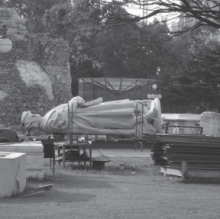
Christopher Columbus monument removal, Buenos Aires, Argentina
The Monument to Christopher Columbus (1451?-1506), located in a plaza in front of the Casa Rosada government palace, was inaugurated in 1921.
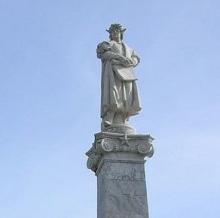
Christopher Columbus monument, Buenos Aires, Argentina
The Monument to Christopher Columbus (1451?-1506), located in a plaza in front of the Casa Rosada government palace, was inaugurated in 1921. It was a gift from the Italian-Argentinian community in response to a solicitation for proposals by a government commission in 1910 to commemorate independence from Spain, although the centennial emphasized Argentina’s European heritage.
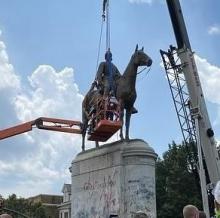
Stonewall Jackson monument removal, Richmond, Virginia, United States
The Stonewall Jackson Monument in Richmond, Virginia was erected in 1919 to honor Thomas ‘Stonewall’ Jackson (1824-1863), a Confederate general.
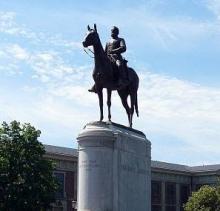
Stonewall Jackson monument, Richmond, Virginia, United States
The Stonewall Jackson Monument in Richmond, Virginia, was erected in 1919 to honor Thomas ‘Stonewall’ Jackson (1824-1863), a Confederate general. Jackson, a former instructor at the Virginia Military Institute (VMI), gained prominence, and his nickname, for leading a Confederate victory at the 1861 First Battle of Bull Run, Virginia. Jackson owned six slaves at the time of the war.
Excerpt from letter by Lady Mary Wortley
Travel writing by women can reveal a number of themes in world history. One useful example are the letters written by Lady Mary Wortley Montagu (1689-1786) who worked as a missionary in Turkey.
Excerpt from Travels in Africa
Imperialism is one of the most pertinent topics in relation to travel and exploration. By the end of the 19th century, the spread of European imperialism had made many areas of the world “safe” for women travelers. As a result the volume of women’s writing increased significantly, so there is a wide range of texts to choose from.
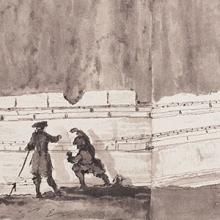
Salisbury Crags
Before about 1800, most people in the Christian world assumed that the earth was just a few thousand years old. But growing interest in fossils and strange geological formations made some people think the earth must actually be much older.

History of the Earth in a Cycle
Our sense of time has been extended into the deep past in the last two centuries or so, and particularly since the 1950s, when Willard Libby showed that you could use the breakdown of radioactive molecules such as Carbon-14 to date events thousands of years before there were any written documents.